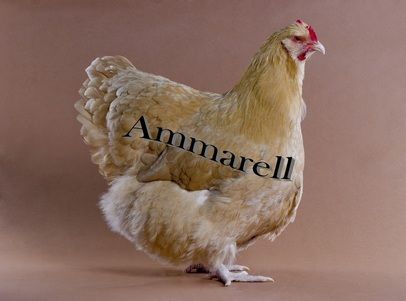I can't copy the APA SOP word for word as it is protected by copyright, but there is a whole paragraph explaining how important feathering is on an Orp and how it relates to breed type.
I can post this:
Under FLUFF on page 103 it says: Moderately full, showing profile of hocks.
Page 9: Hock.....the joint between the lower thigh and the shank. (that would mean that you need to see all of an Orps shanks).
Page 102 also says---see interpretation of Standard...."Quality of feather" see page 29
Page 29 under "C" "all English except Cornish: Feathers should be moderately broad and long, fitting fairly close to the body".
This description has always been clear to me, so I can't understand how an Orp with thighs so profuse in feathers/fluff that you can't even see the shanks let alone the hock is OK. If you look at one of these Orps from the front or back they look like they have pants on...pants that don't fit very well. A front or rear view of an Orp should look balanced with nothing hanging out from the sides or butt.
If anyone can explain to me how the British type or the overly fluffy American type Orps fit the above description I would love to hear their story. The interesting thing to me is that the British Orps we see now do not even fit the British Standard. They do not say you have to see the hock, but they do say you need to see most of the shank. They also say that feathering on an Orp should not be "Cochin like" with loose feathers nor hard feathered like a game. I take that to mean medium feathered like an APA Orp. They also call for a small head which is different than the APA SOP with the exception of those two things the two Standards are very close. The British birds are very deep and impressive, but I don't think anyone can relate them to the APA SOP.
The Orpington is not the only breed where owners of a certain style of bird want to believe that the SOP describes their bird, when in fact it does not. People should read the first 37 pages of the SOP to get all the information to assess their birds. There is a lot of important info in pages 3-37 and it is often overlooked.
This is my story and I'm sticking to it, cuz it is easy to defend.
Walt



